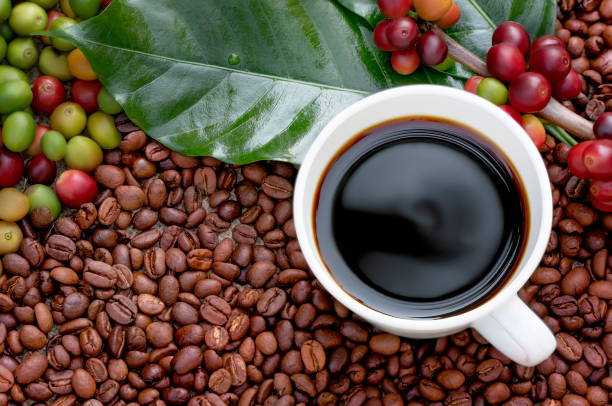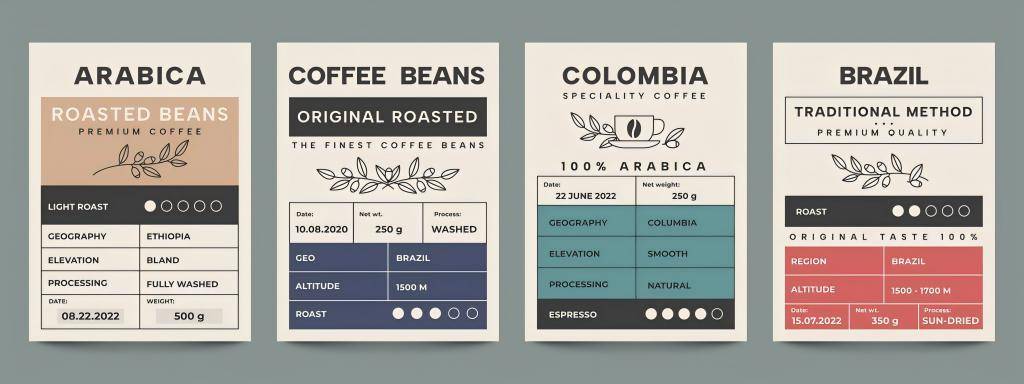Understanding Your Cup of Coffee:
From Variety to Naming
When it comes to enjoying a cup of coffee, the experience is far more than just the flavor profile. To truly appreciate the nuances of your brew, it’s essential to understand the factors that contribute to the coffee’s unique characteristics.
In this blog, we’ll delve into the journey from coffee bean to cup, exploring the variety, origin, processing methods, roasting, and naming conventions that shape the coffee you enjoy.
Subscribe
To join our mailing list and never miss event update!
Coffee Bean Variety: The Foundation of Flavor

Origin: The Impact of Terroir

Processing Methods: Transforming the Bean

Roasting: Unlocking the Bean’s Potential

Naming Conventions: Decoding Coffee Labels

Final Words
Understanding the journey of your coffee from bean to cup—through its variety, origin, processing, roasting, and naming—can greatly enhance your appreciation of each sip. Whether you’re a casual coffee drinker or a seasoned connoisseur, this knowledge empowers you to make more informed choices, experiment with different profiles, and ultimately, find the perfect brew that resonates with your taste preferences.
Subscribe
To join our mailing list and never miss a baby update!

